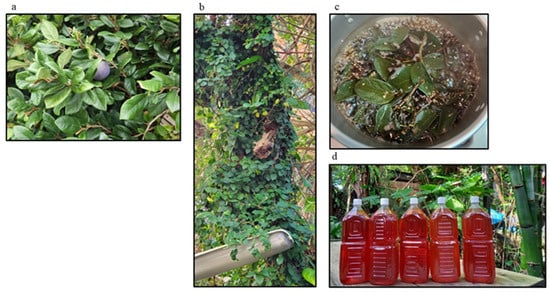Rutin and Quercetin inhibited rhACE2 activity. In particular, Quercetin was the most potent rhACE2 inhibitor among the polyphenols tested [20]. Quercetin and Rutin had remarkable antiviral potential against different viral infections. Rutin is an antiviral drug with high binding affinity to proteins SARS-CoV-2, SARS-CoV, and SARS-CoV-2 Spike protein [21]. It has been reported that SARS-CoV-2 infection decreases insulin expression in β-cells and further induces apoptosis of β-cells, resulting in decreased insulin secretory capacity [22]. Polyphenols are also thought to have protective effects on pancreatic β-cells [23] in Figure 4a. Rutin and Quercetin are promising polyphenols that showed great activity against diabetes and diabetes complications in vitro and in vivo, induced glucose uptake via increasing GLUT-4 expression and/or translocation through insulin signaling pathway, AMPK pathway or acting as partial PPAR-γ agonists [24]. The Apigenin, Luteolin, and Kaempferol increased the expressions of PPAR-γ and GLUT4; they induced GLUT4 translocation [25]. Treatment with Kaempferol 3-O-rutinoside resulted in the upregulation of insulin-dependent p-IRS, AKT, and AMPK signaling molecules, and stimulation of the GLUT4 translocation, which ultimately enhanced the glucose uptake in insulin-resistant skeletal muscle myotubes [26]. GLUT4, AKT2, and AMPK were docked with Quercetin and Kaempferol. Hyperglycaemia and insulin sensitivity via activation of AKT2 and AMPK were ameliorated, and the expression of GLUT4, AKT2, and AMPK, whose levels were reduced under diabetic conditions, increased [27]. Polyphenols increased mRNA expressions of GLUT4 in the pancreas and demonstrated a good anti-diabetic profile by improving insulin sensitivity and GLUT-4 translocation [28] in Figure 4b.
The pathological mechanism of developing diabetes, after COVID-19 infection, is still unclear [29,30]. Due to the limited number of cases of diabetes caused by COVID-19, opinions are still divided [31]. However, the results of this study suggest that at least the point of action of Ficus pumila L. may be involved in the development of diabetes after COVID-19 infection, and the results may contain important insights not only into the mechanism of diabetes development after COVID-19 infection but also for the treatment.
Source link
Kenji Gonda www.mdpi.com

